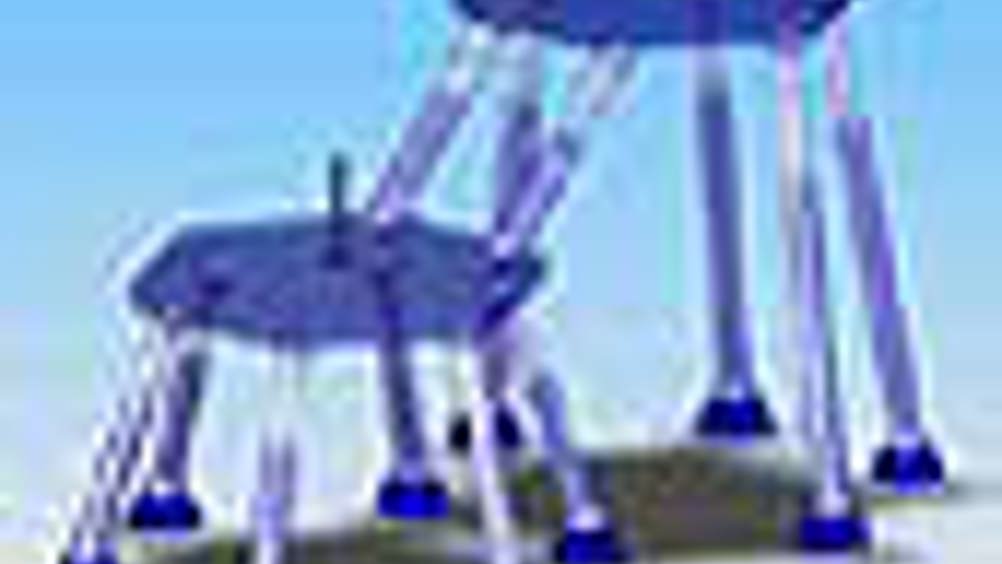Doublethink
A combination of static and kinematic maths could help design buildings and structures able to withstand high winds and earthquakes better than current techniques. Stuart Nathan reports.

Combining the mathematical basis for designing moving and static structures could be the key to making more stable machinery, according to researchers from
in
.
It could lead to buildings and structures which can withstand high winds and earthquakes better, and at a lower cost, than current design techniques, claims research leader Gordon Pennock.
The system bridges the gap between civil engineering principles, which depend on the way forces interact with static objects (known as the science of statics) and mechanical engineering, which largely uses theorems dealing with the science of motion, or kinematics.
Pennock, a mechanical engineer, has been working with Israeli civil engineer, Offer Shai of Tel Aviv University, to derive new theorems which combine the mathematics of statics and kinematics.
‘These new theorems represent a common language and provide an understanding of what we call the duality between kinematics and statics,’ said Pennock. ‘The practical result is that engineers can use this knowledge to design better structures and better machines.
Register now to continue reading
Thanks for visiting The Engineer. You’ve now reached your monthly limit of news stories. Register for free to unlock unlimited access to all of our news coverage, as well as premium content including opinion, in-depth features and special reports.
Benefits of registering
-
In-depth insights and coverage of key emerging trends
-
Unrestricted access to special reports throughout the year
-
Daily technology news delivered straight to your inbox










UK Automotive Feeling The Pinch Of Skills Shortage
Not so much attracting skills to the UK but generating skills within the UK is what is needed! That statement suggest they are in effect wanting to...